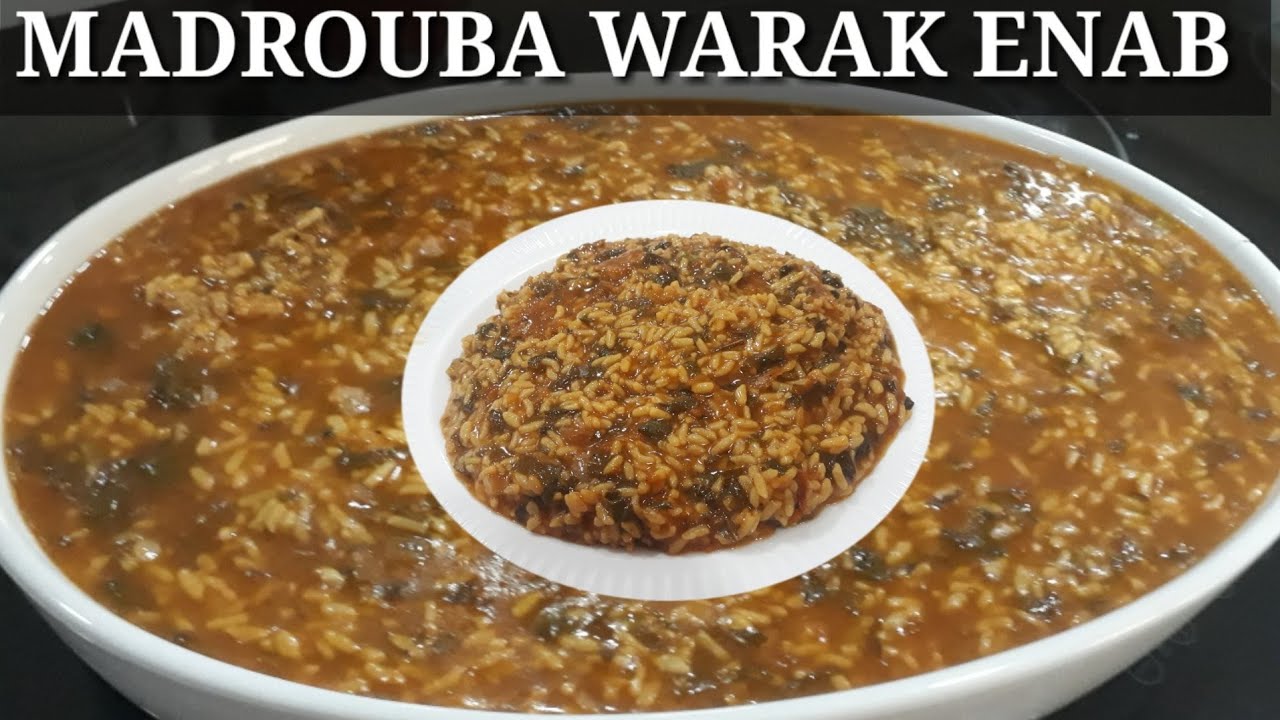
Chamberlains of London – Qatar is a land where tradition and flavor meet at the dining table. Among the many dishes that symbolize its heritage, Madrouba shines the brightest. This dish, passed from one generation to another, holds a special place during Ramadan and family gatherings. Known for its soft texture and aromatic spices, Madrouba is more than just a meal. It is a cultural icon that reflects the identity of the Qatari people. Each household prepares it differently, which makes the dish endlessly exciting and unique. Whether made with wheat, rice, or oats, the soul of Madrouba remains intact. It is this balance between consistency and creativity that makes it so beloved.
In Qatar, Madrouba is often associated with the warmth of family and the joy of gathering. Every family has its own way of making it, adding little twists that keep the dish distinct. Some prefer to soften the wheat fully, while others leave it with more texture for a hearty feel. This dish is not only a favorite at home but also at traditional Qatari feasts. Its name comes from the Arabic word Darb, meaning hit, because the mixture is traditionally beaten with a wooden spoon to achieve its smooth consistency. Even with these variations, the comforting aroma of spices like cinnamon, cardamom, and clove always fills the air when Madrouba is being prepared. For many, the act of cooking it is as meaningful as eating it, creating a direct link to family roots and cultural pride.
“Read about: Croatian Pizza Jewel! Franko’s Pizza Named One of the World’s Best”
The richness of Madrouba comes from its carefully chosen ingredients. Wheat or rice forms the base, providing the hearty texture that defines the dish. Olive oil brings depth, while onions, garlic, and chili peppers add layers of flavor. A medley of spices such as cardamom, cinnamon, cumin, turmeric, and black pepper make every bite rich and memorable. Black lemons, pinched before use, infuse a tangy complexity that balances the savory taste. Fresh additions like parsley, green coriander, and tomatoes brighten the dish and create harmony among the flavors. In Qatar, these ingredients are not just chosen for taste but also for their cultural and nutritional significance. Each element has been passed down through tradition, making the dish both wholesome and symbolic of resilience. This thoughtful combination is why Madrouba has become a timeless staple of Qatari cuisine.
“Read more: Spine-Chilling Tales of Leak in Bali: Where Myth Meets Reality”
Making Madrouba is a process that requires patience and love. First, the wheat is soaked for hours to achieve the right consistency. In a large pot, olive oil and whole spices are added to release their fragrance, followed by onions and chili peppers. Garlic and tomato paste join the mixture, enriching its base. Chicken pieces are added and seared until coated with the spice blend. Fresh herbs and powdered spices deepen the flavor before black lemons and tomatoes are stirred in. Boiling water is added to bring everything together, and the pot simmers until the chicken becomes tender. After filtering the soaked wheat, it is stirred into the pot and left to cook gently for an hour. The result is a rich, creamy dish that can fill an entire household with its enticing aroma. In Qatar, serving Madrouba at the table symbolizes generosity and togetherness.
Beyond its taste, Madrouba represents a story of endurance and celebration. It is a dish that connects the present with the past, reminding families of their roots. In Qatar, it is served not only during Ramadan but also in ordinary meals to honor tradition. Each spoonful carries the heritage of spices, the resilience of wheat, and the creativity of countless households. Its versatility allows it to be adapted, yet it always maintains its essence. The act of preparing and sharing Madrouba is a reminder of unity, hospitality, and cultural pride. Visitors to the country often experience this dish as an introduction to the richness of Qatari cuisine. For locals, it is an irreplaceable part of their culinary identity. Madrouba is not just food; it is a heritage that continues to thrive in modern times, holding its place at the center of Qatar’s culinary legacy.
This article is sourced from alsayedmi.medium.com and for more details you can read at chamberlainsoflondon.com
Writer: Sarah Azhari
Editor: Anisa